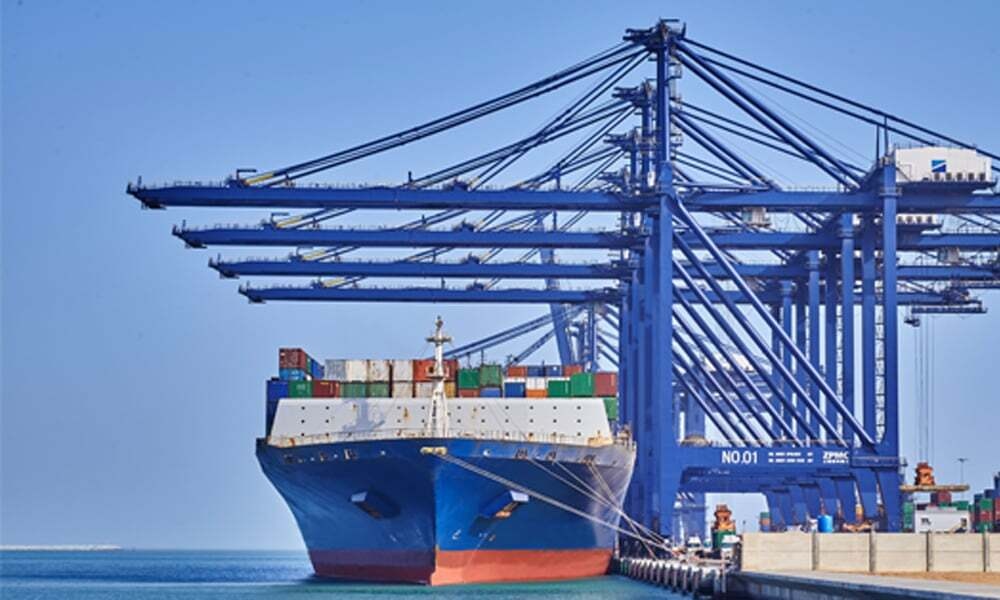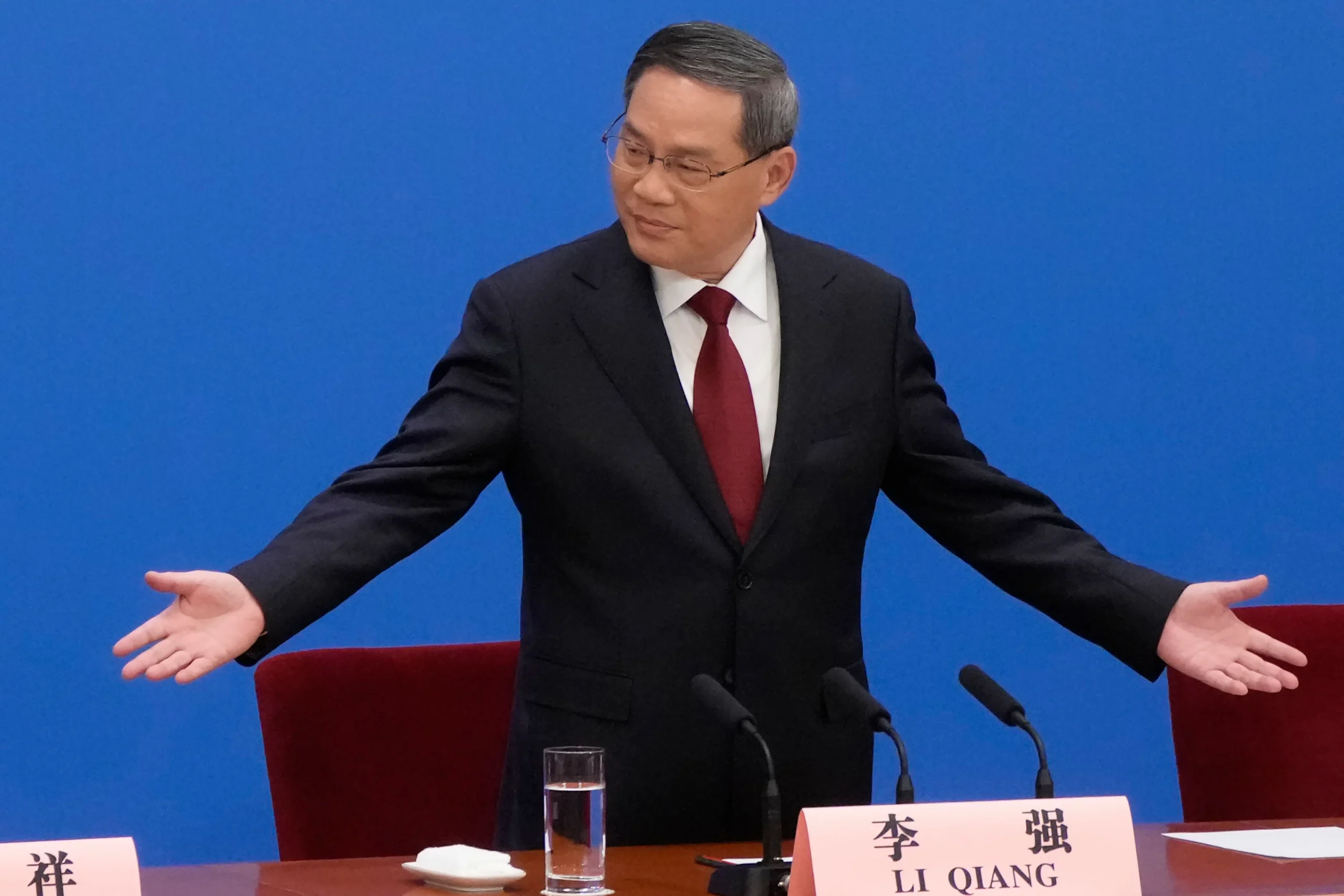November 2024 is set to be an exciting month for stargazers, with several meteor showers peaking and offering a spectacular display of shooting stars and bright fireballs. The […]
James Webb Telescope Spots Black Hole Feasting 40 Times Faster
Astronomers using the James Webb Space Telescope (JWST) have made a groundbreaking discovery: a supermassive black hole, named LID-568, that is consuming matter at a rate 40 times […]
NASA’s Parker Solar Probe Breaks Records with Venus Flyby
NASA’s Parker Solar Probe has achieved another milestone in its mission to study the sun. On November 6, 2024, the probe completed its seventh and final gravity assist […]
Grain Markets Rise Amid Election, FOMC, and WASDE Uncertainty
The grain markets are experiencing a cautious rise as traders position themselves ahead of the upcoming election, the Federal Open Market Committee (FOMC) announcement, and the release of the World Agricultural Supply and Demand Estimates (WASDE) report1. Randy Martinson from Martinson Ag notes that grains are mostly higher early Tuesday, while livestock markets are leaning lower1. Martinson highlights that the election results could significantly influence the direction of grain markets, especially with concerns over potential tariffs and trade disruptions1. He anticipates only slight adjustments in yield and demand in the upcoming WASDE report1. Meanwhile, cattle prices continue to slide due to profit-taking and fund liquidation, while hogs are facing pressure, possibly indicating a market top1. The grain market’s cautious optimism is driven by strong demand and export business, particularly to Mexico2. However, the markets remain rangebound, struggling to break through chart resistance levels3. Analysts suggest that a clearer direction may emerge post-election and after the FOMC announcement1. For more details, you can read the full article on AgWeb.
New Zealand Central Bank Warns of Economic Challenges
The Reserve Bank of New Zealand (RBNZ) has issued a warning about the challenging economic conditions facing the country1. In its semi-annual Financial Stability Report, the RBNZ highlighted rising unemployment and delayed business investment plans due to financial hardships2. The report pointed out that weakness in domestic economic activity has become more pronounced, with subdued global growth and high interest rates reducing demand2. RBNZ Governor Adrian Orr expressed concern about the lag between interest rate cuts and their impact on the real economy2. He emphasized the need to avoid any surprises or shocks during this period2. Despite the economic struggles, the central bank noted that the financial system remains resilient, with banks well-positioned to support households and businesses2. The RBNZ also mentioned that while the economy contracted in the third quarter, it expects a gradual recovery as inflation eases and interest rates are adjusted2. However, the central bank anticipates a slight increase in non-performing loans, although they remain below levels seen in previous recessions2. For more details, you can read the full article on Reuters.
US S&P Global October Services PMI Final Report
The final report for the US S&P Global Services PMI in October has been released, showing a slight decrease from the preliminary figure1. The final Services PMI stands at 55.0, compared to the preliminary estimate of 55.31. This index measures the performance of the service sector, and a reading above 50 indicates expansion. Despite the slight decline, the Services PMI remains relatively strong, indicating continued growth in the service sector1. The composite index, which combines both services and manufacturing data, also saw a slight decrease to 54.1 from the preliminary figure of 54.31. This composite index provides a broader view of the overall economic activity. One notable aspect of the report is the cooling of output price inflation, which has reached its joint-lowest level in 4.5 years1. This suggests that price pressures in the service sector are easing, which could be a positive sign for consumers. Additionally, new export orders growth has slowed to a four-month low, indicating some challenges in the international market1. On a positive note, business confidence has rebounded to its highest level since June, suggesting that companies remain optimistic about future economic conditions1. However, employment in the service sector has fallen for the third consecutive month, albeit marginally1. For more details, you can read the full article on Forexlive.
U.S. Trade Deficit Hits 30-Month High Amid Import Surge
The U.S. trade deficit has widened to a 30-month high in September, driven by a significant surge in imports as businesses rushed to stock up before a planned strike at American ports1. The trade gap increased by 19.2% to reach $84.4 billion, up from $70.8 billion in August2. This rise in imports was primarily due to businesses importing consumer electronics and other goods ahead of the holiday shopping season2. Despite the strike being called off after just three days, the surge in imports had already impacted the economy2. The trade deficit shaved 0.6 percentage points off the U.S. GDP growth rate for the third quarter, which was recorded at 2.8% compared to 3.0% in the second quarter2. Imports rose by 3.0% to a record $352.3 billion, while exports fell by 1.2% to $267.9 billion2. Analysts believe that the trade deficit is likely to narrow in the coming months, but the current high levels indicate strong consumer spending power2. The trade gap with China also widened during this period, reflecting increased imports from China ahead of potential changes in trade policies3. For more details, you can read the full article on MarketWatch.
Premier Li Qiang Promises Broader Opening for Global Stability
Chinese Premier Li Qiang has pledged to further open China’s market to play a stabilizing role in the global economy. Speaking at the China International Import Expo (CIIE) in Shanghai, Li emphasized the importance of concerted efforts to overcome economic challenges and improve China’s economic outlook1. He highlighted China’s commitment to sharing opportunities with other countries and contributing to global economic growth1. Li’s address was part of a broader initiative to expand China’s free trade zones and explore investment agreements with other countries2. He also pledged to import more goods from trading partners, aiming to foster mutually beneficial economic trade1. The CIIE, which has been held annually since 2018, serves as a platform for China to showcase its strong ties with global trading partners1. In a keynote speech following Li’s address, Malaysian Prime Minister Anwar Ibrahim called for a departure from unfair trade practices and emphasized the potential of ASEAN to drive inclusive economic growth1. The expo has drawn exhibitors from over 150 countries and regions, including major multinational firms like Volkswagen Group and L’Oréal1. For more details, you can read the full article on the South China Morning Post.
BYD’s Monthly Sales Soar to 500,000 Vehicles
BYD’s Monthly Sales Soar to 500,000 Vehicles, a leading Chinese automaker, has witnessed a remarkable surge in its vehicle sales, reaching an impressive milestone of 500,000 units sold per month. This significant achievement highlights BYD’s growing dominance in the electric vehicle market, driven by a combination of innovative technology, competitive pricing, and a strong commitment to sustainability. The rapid increase in sales can be attributed to several factors, including the expansion of BYD’s product lineup, improvements in battery technology, and a strategic focus on both domestic and international markets. The company has successfully positioned itself as a major player in the global automotive industry, offering a diverse range of electric vehicles that cater to various customer preferences and needs. Moreover, BYD’s commitment to reducing carbon emissions and promoting clean energy has resonated with environmentally conscious consumers, further boosting its popularity. The company’s strong performance is also reflective of the broader shift towards electric mobility, as governments and consumers worldwide increasingly prioritize sustainability and green technology. For more in-depth information, you can read the full article on CleanTechnica.
Big Tech’s $200 Billion AI Gamble Raises Concerns
In a bold move, major tech companies like Amazon, Microsoft, Meta, and Alphabet are investing a staggering $200 billion in AI-related capital expenditures this year1. This unprecedented level of investment is aimed at securing high-end chips, constructing expansive data centers, and forging deals with energy providers1. Despite the massive spending, Wall Street remains skeptical about the immediate returns on these investments1. Amazon is leading the charge with a projected $75 billion in spending for 2024, while Meta and Alphabet are also making significant investments1. However, concerns persist about the long-term viability and profitability of these expenditures1. Analysts are divided, with some optimistic about the potential of AI investments and others worried about the massive costs involved1. For more details, you can read the full article on TechSpot.









